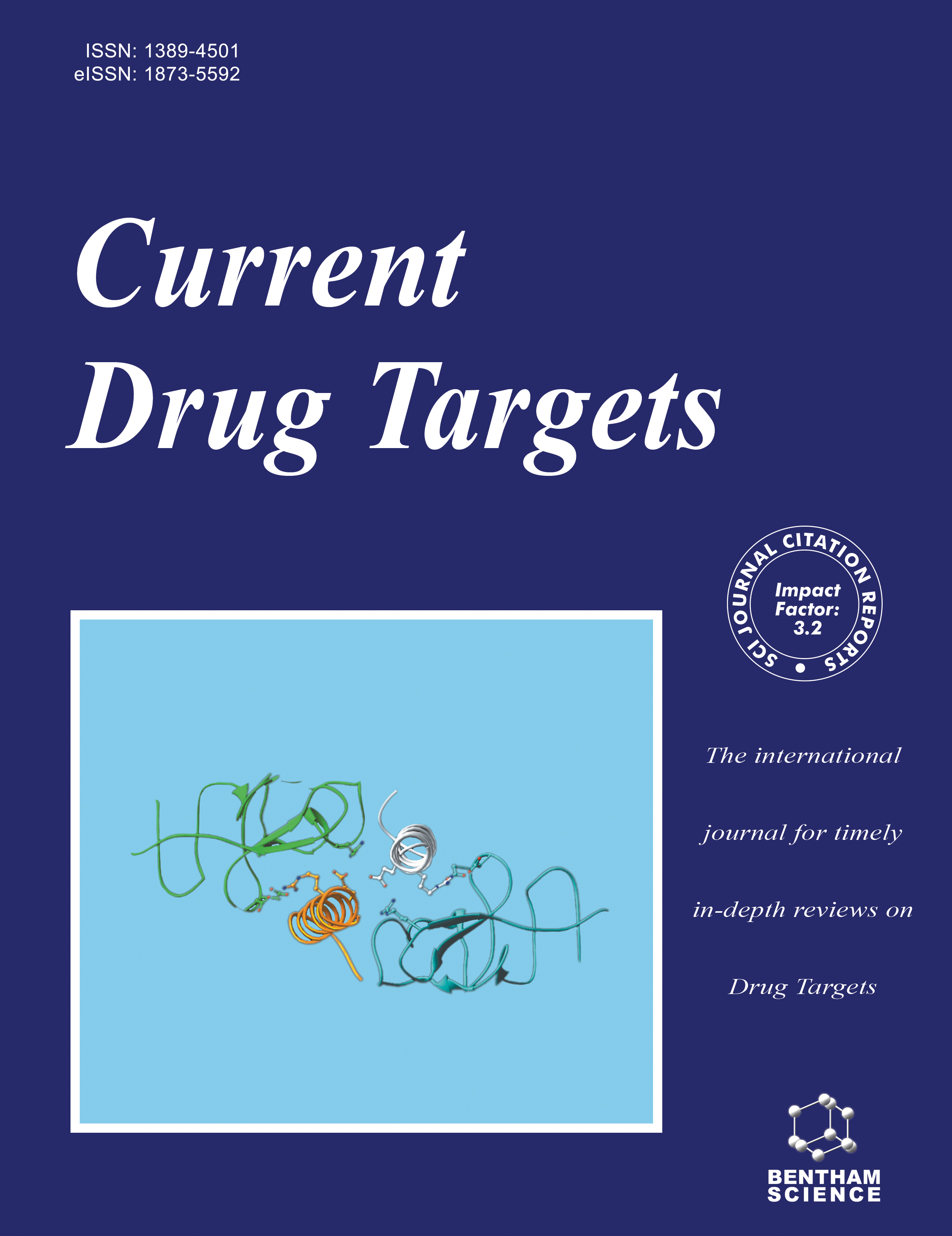
Full text loading...
Malaria control is severely hindered by a lack of effective treatment options and the rise of drug-resistant strains of the parasite. Despite the absence of a reliable vaccine, the therapeutic application of antimalarial drugs remains the primary strategy for controlling and preventing malaria. However, most existing antimalarial drugs target the blood stage of the parasite's lifecycle and may not effectively eliminate liver-stage parasites, limiting their efficacy in complete parasite clearance. The urgent need for novel antimalarial drugs with innovative mechanisms of action is critical to preventing a major public health crisis. Developing new antimalarial drugs involves both optimizing existing compounds and designing novel molecules that target unique biological pathways in Plasmodium. This review explores promising drug targets, including heme detoxification, food vacuole function, mitochondria, protein kinases, apicoplast pathways, nucleic acid biosynthesis, fatty acid metabolism, the electron transport chain (ETC), and P-Type ATPases. Lead candidates targeting these mechanisms are discussed, highlighting their potential as next-generation antimalarial agents. Additionally, we provide updates on clinically validated targets and the progress of antimalarial drug candidates in different stages of clinical development. Emerging therapeutic strategies focusing on malarial transporters, protein interaction networks, and substrate repertoires offer new avenues for drug discovery. A deeper understanding of these pathways can enhance drug efficacy, mitigate resistance, and support the development of long-lasting antimalarial therapies. This review aims to provide insights into the current landscape of antimalarial drug development and future directions for combating malaria.

Article metrics loading...

Full text loading...
References


Data & Media loading...

